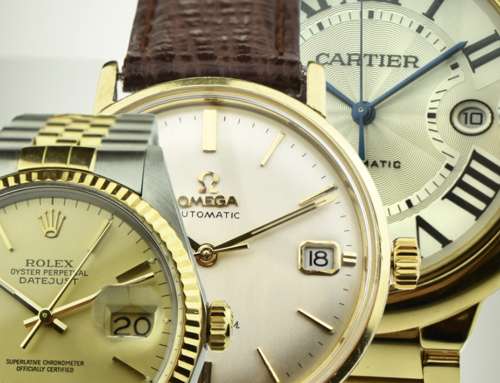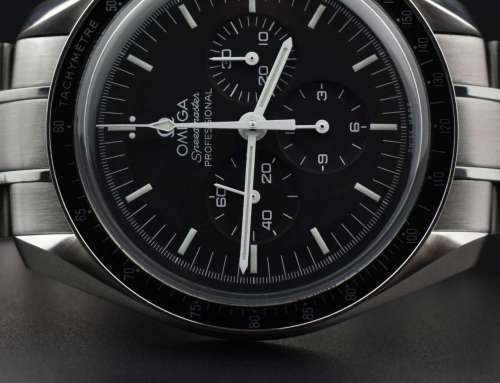There is no doubt that in recent years vintage items such as furniture, clothing, and watches have increased dramatically in popularity and value.
This has made the vintage market fierce and sometimes difficult to navigate, whether you are buying an 80’s sweater or a rare vintage watch to add to an impressive collection. But don’t worry (at least about the latter), for help is at hand with our six expert tips for navigating the market and buying a vintage watch.
1. Research, Research, Research
There are lots of options when it comes to researching vintage watches, such as online forums, brand produced reference works, and collectors reference books.
All the aforementioned will help and guide you in finding reliable information on your chosen watch. Just be aware that collectors reference books can be expensive — though when you’re talking about purchasing an original and classic vintage watch, the cost can be a drop in the ocean to the investment you’re making.
2. Desirable Attributes
The most desirable and sought-after vintages watches tend to all have certain qualities that are valued above others. For instance, a mechanical movement due to the time-intensive crafting process it requires and the quality materials they’re often made from.
One of the lesser known tips for buying a vintage watch, believe it or not, is that the most precious metals are not necessarily the most valuable. For example, a recent gold watch may be less valuable than a 1940s steel chronograph watch due to the scarcity of the latter.

3. Choosing By Brand
It’s no secret that certain watch manufacturers are in much higher demand than others. These include, no surprises here, Rolex, Omega, Bulova, Hamilton, and Patek Philipe.
Brands like these are always increasing in value and are usually sure-fire investments. However, in consequence to their massive popularity, they’re also some of the most faked — meaning research is ever more important.
4. Valuable Flaws
Anything with flaws is generally thought of as less valuable than something that is in “perfect” condition. This is not, however, always the case with vintage watches.
The wise vintage watch buyer prefers items that are in their original and imperfect condition to those that have been restored. As examples, faded unusual patinas caused by heat or moisture seeping inside the casing can be highly prized. Out of any of these tips for buying a vintage watch, this one can arguably make the most difference.
5. Source A Watchmaker
When it comes to the restoration and/or care of a vintage watch, you’re going to need the services of a specialist watchmaker — and it’s well worth finding one before you buy.
Talk to several and find out if they can source replacement parts or make them should they be needed. Ask how much basic repairs and maintenance will cost, and discover if they specialise in certain watch brands, types, and movements.
6. Pay The Right Price
The amount you should pay is probably one of the most sought out tips for buying a vintage watch because, even when it’s a piece of history you’re buying, no one wants to pay over the odds.
To ensure this doesn’t happen to you, your best bet is to check the books of past auction sales, scour online platforms in the watch market, and start to put together a rough idea of what the value of your watch should be today.




